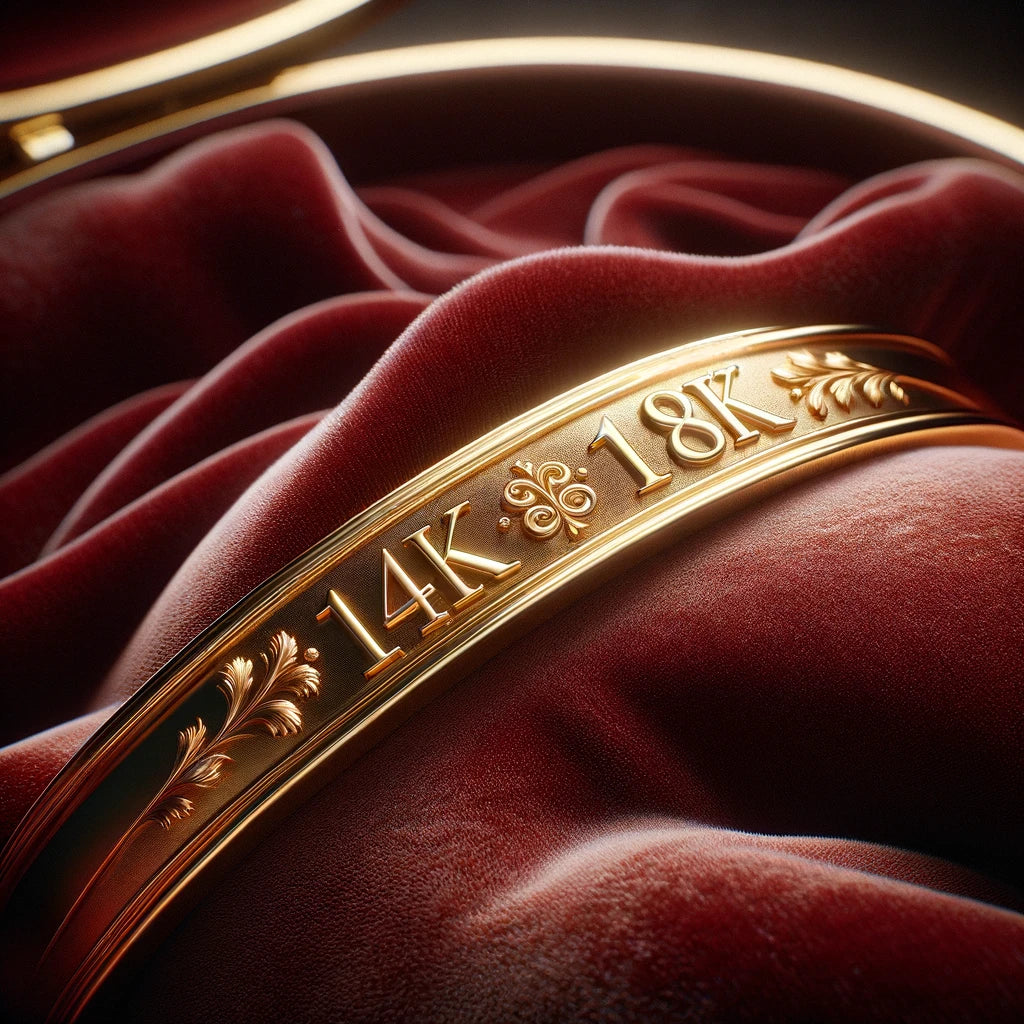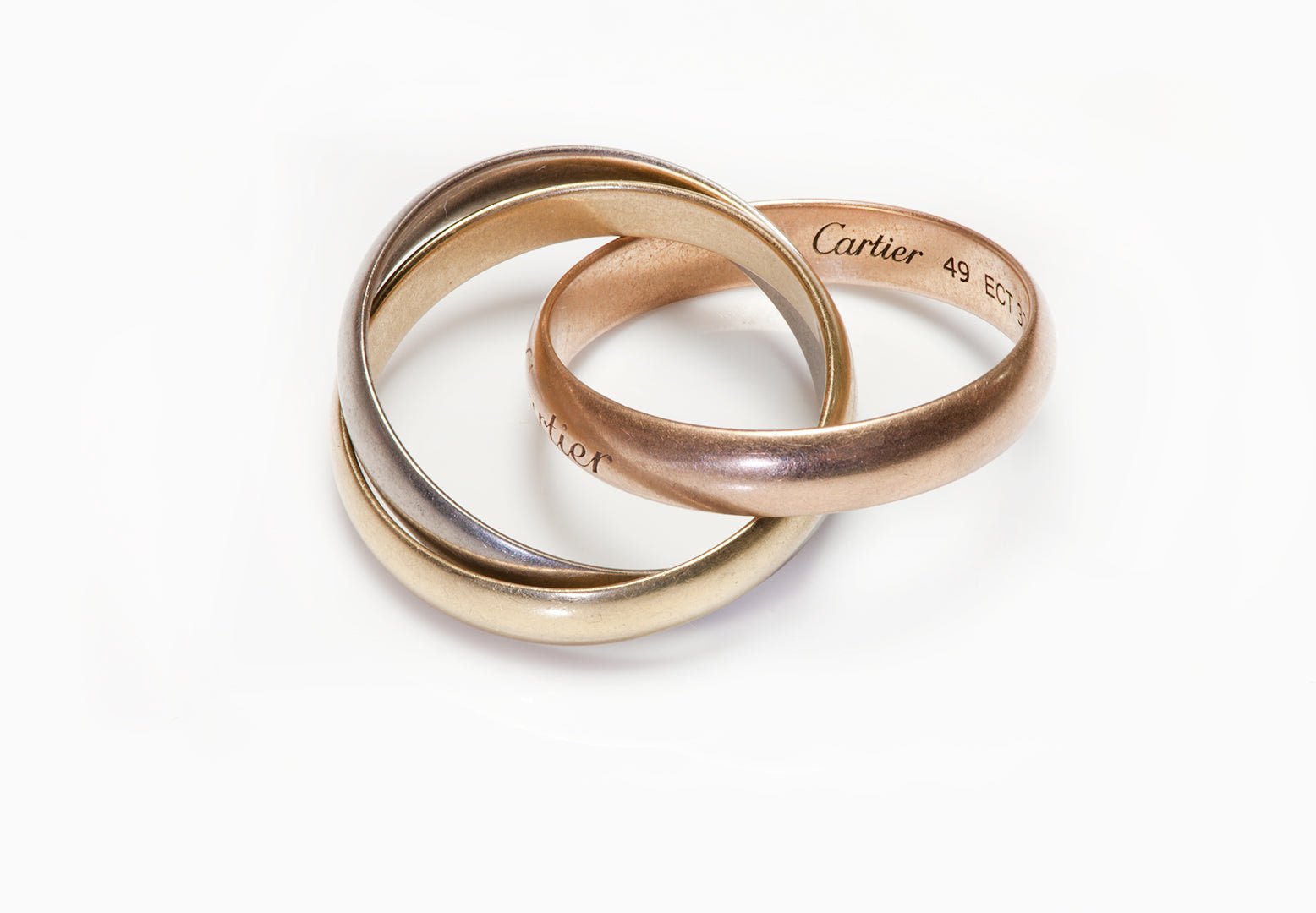
The Differences Between 14Kt And 18Kt Gold. And Some Curiosities
When choosing a piece of gold jewelry to give to a loved one, whether it is 14K or 18K, it's more than just a simple act of generosity. It's a way to express your feelings and create lasting memories.
However, behind the sparkle of the jewelry, there is an important decision about the material it's made from.
Gold remains a symbol of love, and the choice between 14K and 18K gold brings up subtleties that can profoundly change the meaning of a gift.


14K vs 18K Gold
Gold jewelry is often described in karat (K or KT), which represents the purity of the gold used.
Pure gold is 24K, but it is very soft and fragile, so it is rarely used in jewelry. 14K gold is 58.5% pure, meaning that 41.5% is made up of alloys. This type of gold is more affordable and has increased durability due to the higher percentage of alloys.
18K gold is 75% pure, with the remaining 25% being alloys that give the jewelry more strength. This makes it a popular choice since it provides a balance between the brilliance of pure gold and the durability of alloys.
The differences between 14K and 18K gold are the purity of the gold and the proportion of alloys, which affect the appearance, durability, and value of the jewelry.
Pure gold is very malleable, so it is often combined with other materials to improve hardness and durability. This combination enhances strength and gives the jewelry a shiny appearance.
14K gold is harder and more resistant to external factors, but it reacts more sensitively to chemicals such as chlorine, which can cause discoloration over time.
18K gold is more resistant to external factors, maintaining its color and shine for longer. However, it is also more susceptible to scratches, so it requires proper protection to keep its flawless appearance.
Choosing between 14K and 18K gold depends on the buyer's final decision, based on the advantages and disadvantages of each type.
18K gold is often considered superior because of its higher gold content, but in terms of durability and scratch resistance, 14K gold is often a better option. For daily wear, such as wedding rings, 18K gold is recommended to keep the sparkle and color uniform longer.
However, if the piece of jewelry will be worn frequently, 14K gold is a good choice.
When considering a jewelry purchase, it is important to carefully consider the lifestyle of the person who will wear it to make an informed decision.
Alloy & Color
Alloy & Color
Gold is a precious metal that has a rich, intense yellow color in its pure state. However, when it is mixed with other metals, its color can change significantly, becoming lighter or even taking on a completely different hue.
14K gold mixed with grey metals such as silver or platinum results in a lighter shade compared to 18-karat or even pure 24-karat gold. These alloys not only offer a chromatic diversity but can also transform its original color.
By combining gold with various alloys, it can take on different shades such as rose gold (made by mixing with copper) or white gold (made by mixing with silver or platinum).
In these alloying processes, 14K gold is often preferred as it helps achieve a more pleasing hue and enhances the brilliance of the jewelry.
Thus, the different gold variants obtained become an expression of the elegance and versatility of this precious material.

















